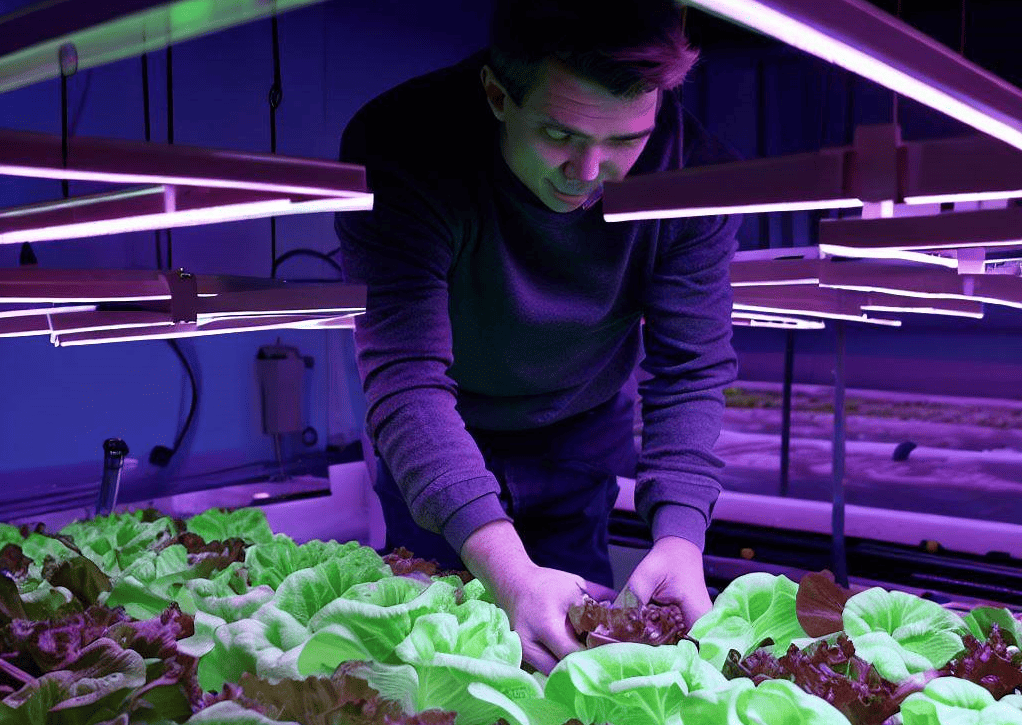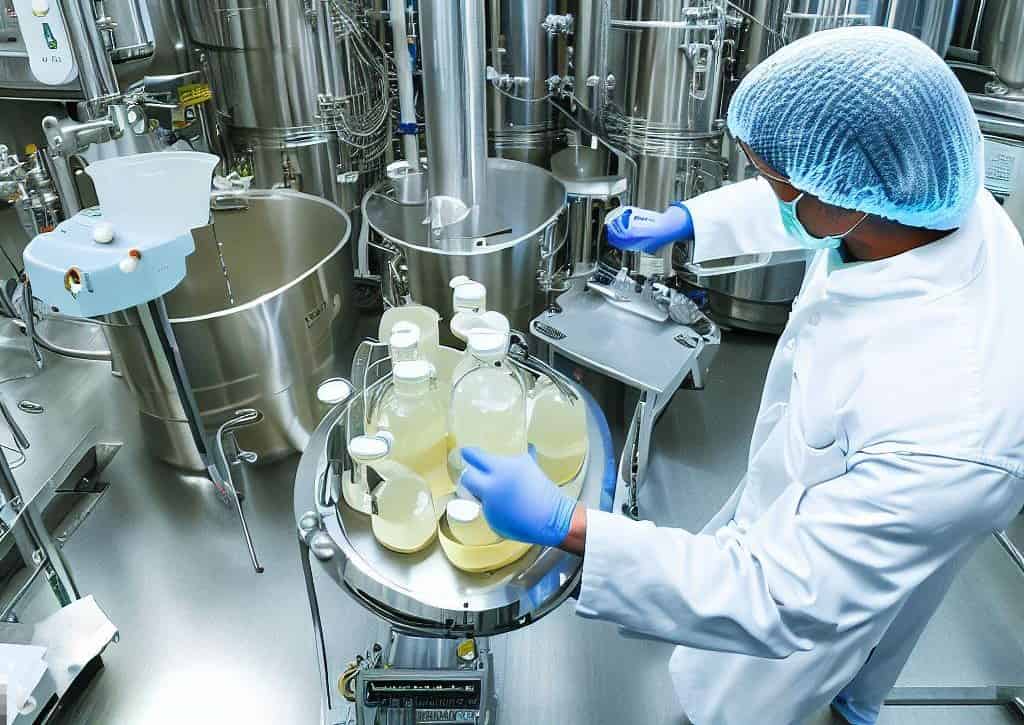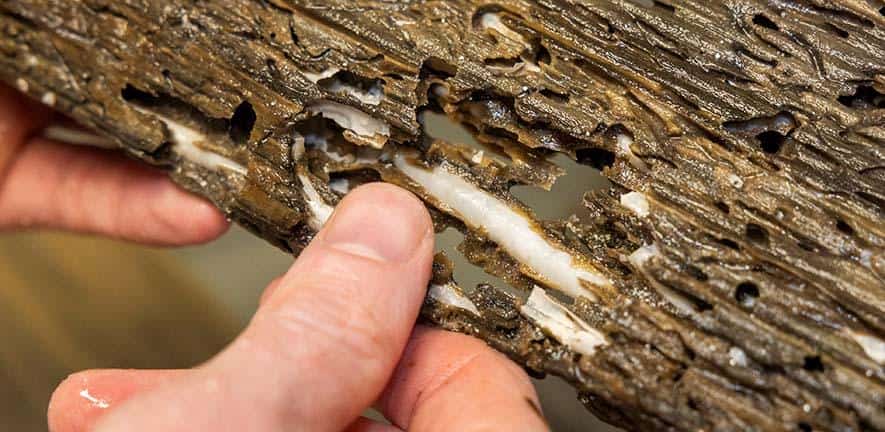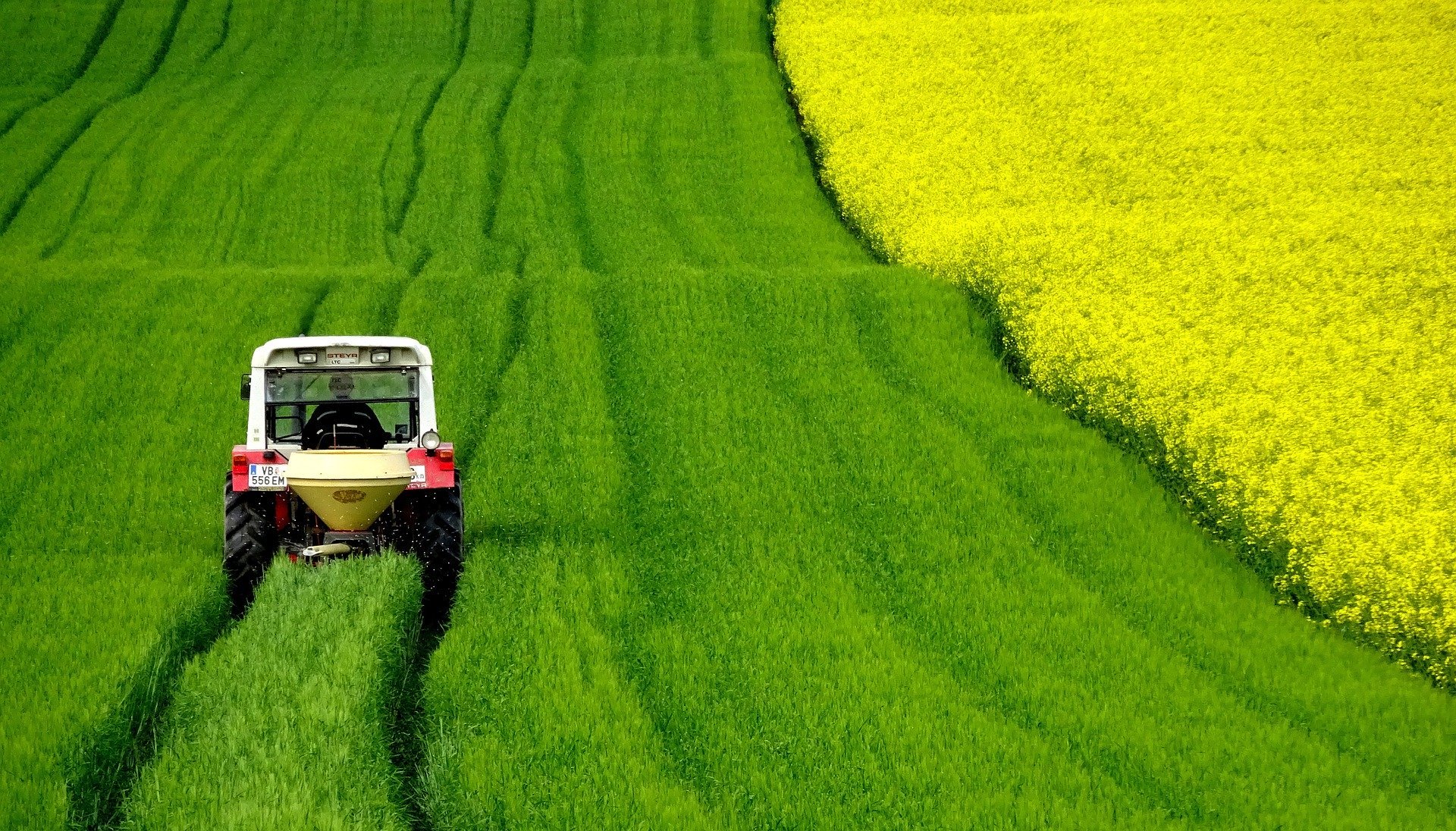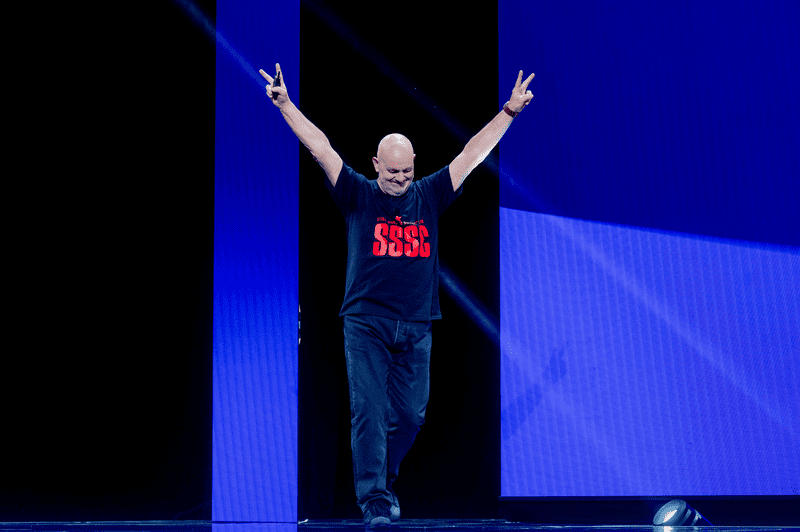
Iceland could help address Northern Europe’s food security issues with the scaling-up of its industrial production of Spirulina – an alternative protein source that is nutritious, sustainable and risk resilient. Under the most ambitious of estimations, Iceland could be protein self-sufficient and capable of feeding more than six million Europeans every year, the University of Cambridge announced in a press release.
The environmental implications of humans continuing to hinge their diets on animal source foods for protein (including eggs, milk, beef, pork, poultry and fish), together with Europe’s dependency on protein-rich crop imports to meet food demand, has pushed the topic of sustainable protein self-sufficiency higher up the European political agenda.
Now ‘future foods’ such as Spirulina – a blue-green algae with multiple health benefits – have been proposed as substitutions for conventional meat, with the potential to reduce environmental impacts e.g. greenhouse gas (GHG) emissions and freshwater withdrawals, by more than 90%.

More affordable, but with time
The study reports that Spirulina contains a higher content of protein (up to 70% per 100g) than meat from beef cattle (up to 30% per 100g lean meat), with the average European consuming nearly 80kg of beef meat per year. While Spirulina is currently less affordable than beef, scientists that once it similarly becomes produced at mass-scale, the price would become more affordable.
In Iceland, Spirulina is already produced successfully in a novel, industrial-scale, biomass cultivation system powered by renewable energy. Currently in operation is the Hellisheidi Production Unit, operated by Vaxa Iceland, and situated in the Hellisheiði geothermal power plant. The production process is carbon neutral.
For the purpose of the feasibility study, Dr Asaf Tzachor and Dr Catherine Richards, from the Centre for the Study of Existential Risk (CSER) at the University of Cambridge, in collaboration with researchers from Denmark and Iceland, explored Iceland’s role in supporting Northern European countries to achieve protein self-sufficiency. Data from the Hellisheidi Production Unit is used as a benchmark for the researchers’ protein self-sufficiency feasibility model. The model is used to assess scenarios of further scale-up of Iceland’s Spirulina production capacity and export of the edible biomass. They published their study in the journal Foods.
Different scenarios
Using six Spirulina production scale-up scenarios, the researchers assess possible production expansion based on the use of currently installed and potentially installed renewable energy capacity. The model consists of two main components: protein supply (including real-world Spirulina production data) and protein demand (accounting for adult daily protein intake requirements as well as the suitability of Spirulina biomass to satisfy these requirements). According to the researchers, to ensure sufficient intake of all essential amino acids, men would need to consume 39.34kg of Spirulina biomass (in dry weight), and women would need to consume 33.72kg of Spirulina biomass, each year.
Under the first production scale-up scenario, assuming a conservative scale-up, Iceland could be protein self-sufficient, producing 20,925 tonnes of Spirulina per year using 15% of currently installed electricity generation capacity. This is enough to meet the protein and dietary requirements of 572,867 individuals.
In the sixth scenario, billed the “ultimate scale-up”, Iceland could be self-sufficient and – in a greater allocation of energy capacity used by heavy industry – the country could additionally meet the needs of Lithuania and Latvia, or Lithuania and Estonia, plus Jersey, Isle of Man, Guernsey, and the Faroe Islands. Under this most ambitious scenario using planned energy projects, Iceland could support itself plus Denmark, or Finland, or Norway, or Ireland with up to 242,366 tonnes of Spirulina biomass per year, satisfying 6,635,052 people.
Selected for you!
Innovation Origins is the European platform for innovation news. In addition to the many reports from our own editors in 15 European countries, we select the most important press releases from reliable sources. This way you can stay up to date on what is happening in the world of innovation. Are you or do you know an organization that should not be missing from our list of selected sources? Then report to our editorial team.

